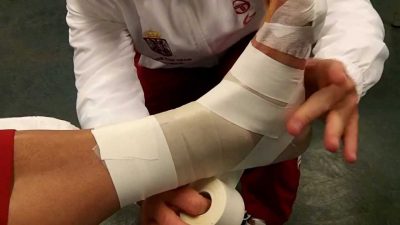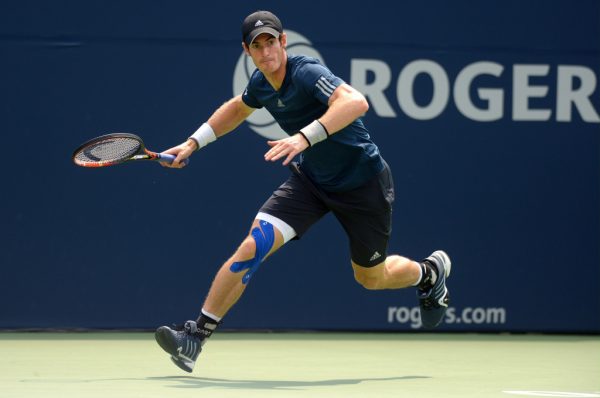The injury trend among tennis pros, most especially ATP players, is an outcome of the very things I cited in Did A Perfect Storm Lead To The Hegemony Of The Big Four .
Mostly, keeping the ball in play has become easier. That’s lengthened points (and point structure’s become more baseline oriented), and of course longer points are more physically demanding.
Then, as points became longer, and shots were hit harder, the need for physicality increased. Wear & tear on the body increased concomitantly. As a subset of this let’s add that modern techniques stress different body parts than the tennis of years ago; tennis elbow isn’t rampant on the tours anymore (Novak notwithstanding), but hip, back, and knee issues have become common as the strokes became more rotational and less “step through,” and racquet head speed became paramount.

Lastly it’s worth noting who’s on the disabled list, especially on the men’s side: older players. It’s more necessary than ever to have the strength that only comes from years of competition and training. That doesn’t come about until one’s late 20’s (not unlike cycling) – witness the physical development of Thiem and Sasha Zverev, and compare them to the boyish builds of de Minaur, Tsitsipas, and even Shapovalov – but those same 1000s of hours on the court bring an increased physical toll. We can’t have it both ways.
Well, we can’t have it both ways unless we speed up the courts and balls. That will shorten points. If keeping a lid on the time between points is also encouraged, which will deny players extensive recuperation time after hard points and thereby increase the value of point-ending shot selection, tennis can make changes that lessen the demands on the pros’ bodies without instituting grand changes to the game.
The option exists to take it further, by banning poly strings for tournament play. Golf has done that with certain types of golf balls and putters, but it remains to be seen if so radical a change can gain enough traction among all the parties involved to actually happen; pulling back from an established technological shift is much harder than blocking it from the outset, as baseball did with aluminum bats for the pros.
It’s true the game’s more physical. That hasn’t come about just because athletes are training harder. There are root causes which tennis can either address directly, or indirectly by altering the nature of the game itself. This author hopes it’s the former and not the latter.






